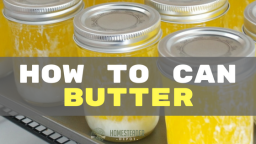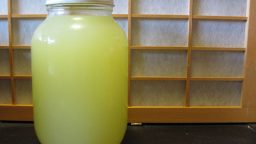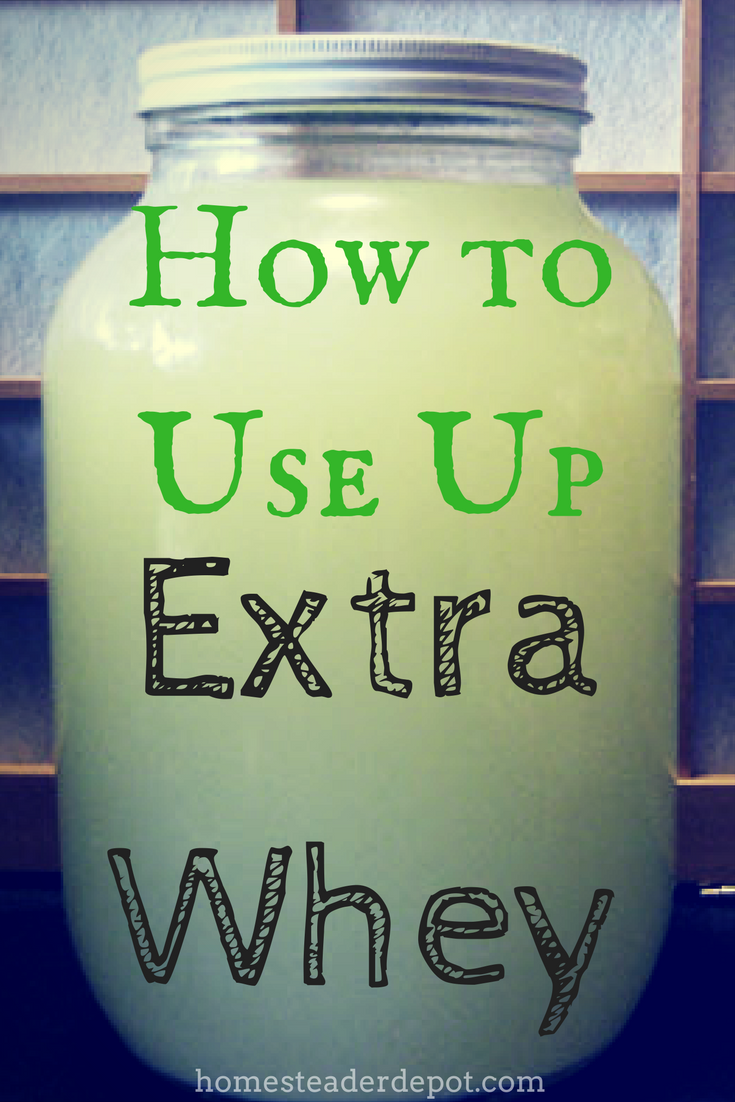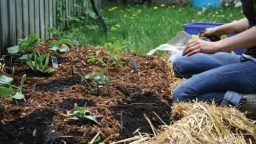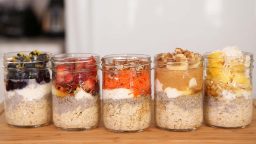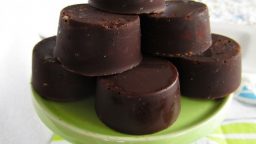Lately, butter has come raging back as nutritionists reveal it’s actually quite healthy for you. For a few decades, butter was demonized as too fattening and unhealthy, but as vegetable-oil based alternatives were introduced, we saw obesity rates skyrocket. Not sure why no one ever noticed the correlation, but it turns out that in fact, the saturated fats that come from butter are not only better for you, they can ultimately help lose weight when coupled with a balanced diet full of “good” fats, and free of processed foods and sugars.
I personally love butter, and was really excited to discover that you could, in fact, can it. How cool is that? Not only do you get to enjoy all the deliciously fatty butter you want, (goodbye, margarine!) you can also preserve it at room temperature for your survival or homestead pantry! I’m sold.
So, here’s how you do it.
First, you will need:
- Butter (you will need roughly 3 jars for each lb of butter)
- 8-oz canning jars
- Lids
- Water bath canning kit
- Ladle
- Canning funnel
Directions:
- First, heat your jars up in a 250 degree oven for 20 minutes.
- Next, melt your butter in a saucepan over low heat. If you’re using a lot of butter, you might want to do this in batches.
- Stir gently to prevent burning, and let the butter melt and simmer a bit until there is a white foam at the top.
- As you’re doing this, place your lids in another pot over the stove, cover with water, and bring to a boil. Turn the heat to low to keep them warm while you work.
- Once the butter is melted and has a foam lip, ladle it into your jars, using your canning funnel. Leave 3/4″ head space at the top.
- Once the butter is poured into the jars, prepared your water bath.
- Wipe the jars off with a clean, damp rag to remove any butter that may have spilled on them. They won’t seal if they’re greasy!
- Place the lids and rings on the jar, and tighten loosely.
- Once the water in your water bath is warm, put the jars in. They need to be in at least 1″ of water.
- Once the water boils, set a timer for 10 minutes. When 10 minutes is up, let cool for another 10 minutes.
- Now, remove from the bath and place on a towel to dry. As you clean up, try to remember to shake the jars every few minutes, so the butter will remain a uniform consistency.
- Once it is cool, it’s ready to store! Keep in a cool, dark place, and enjoy!
If you enjoyed this, you might also like….
